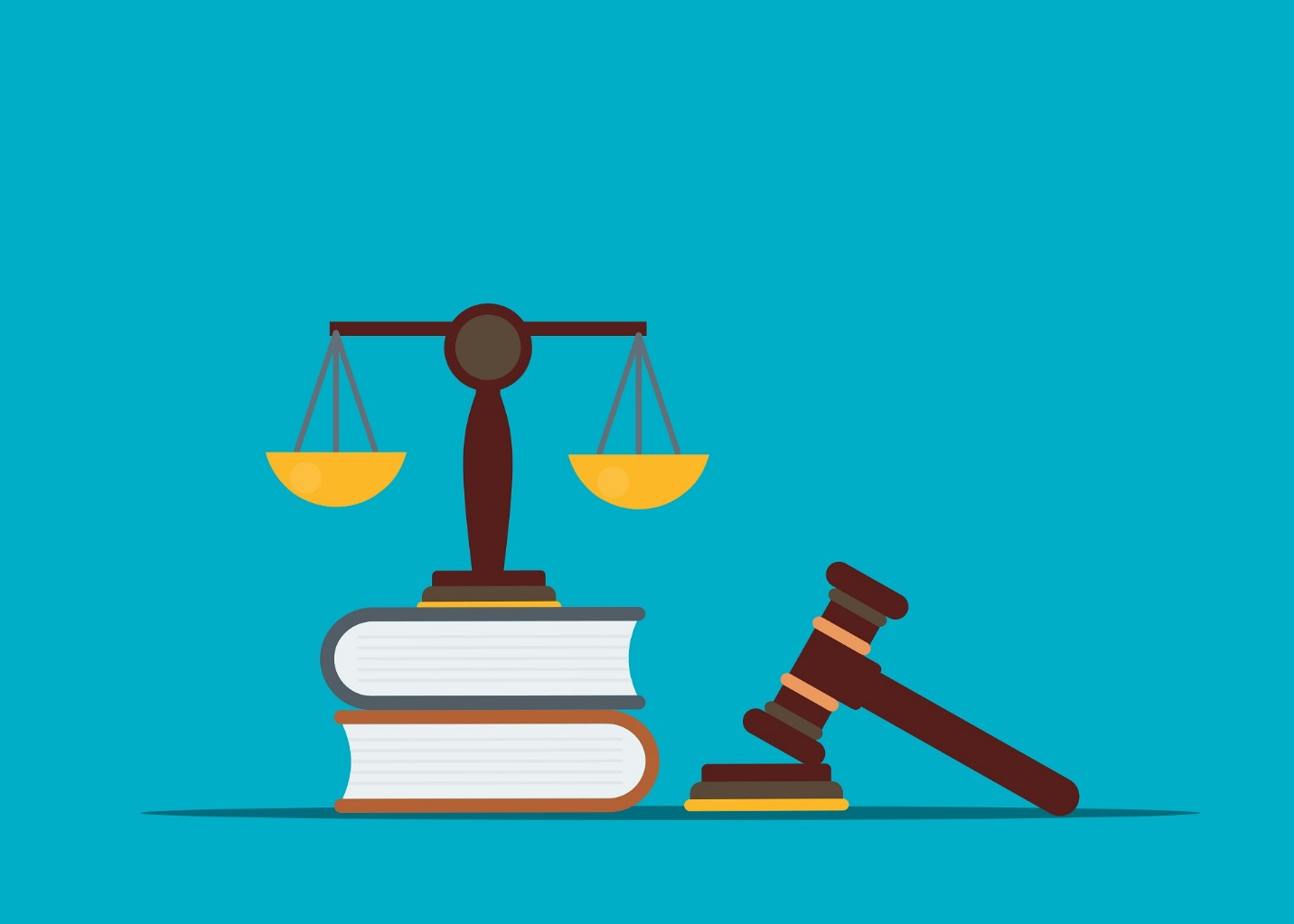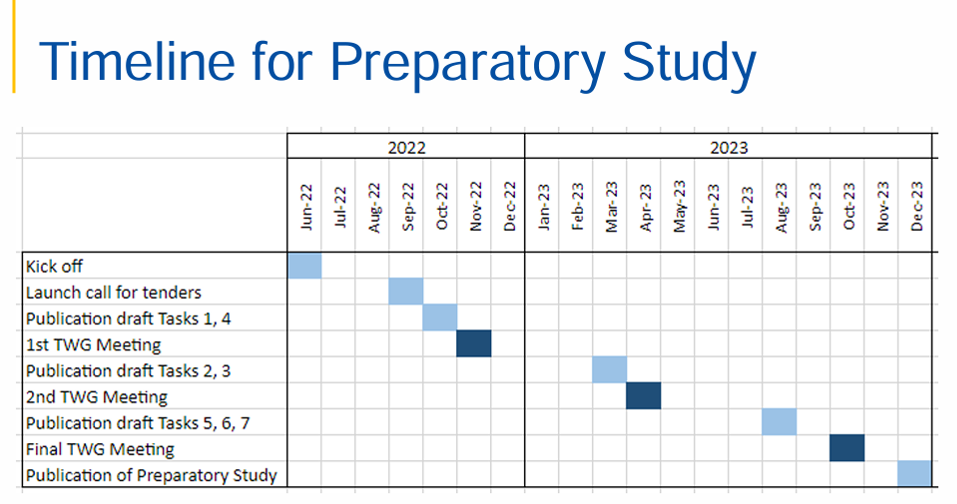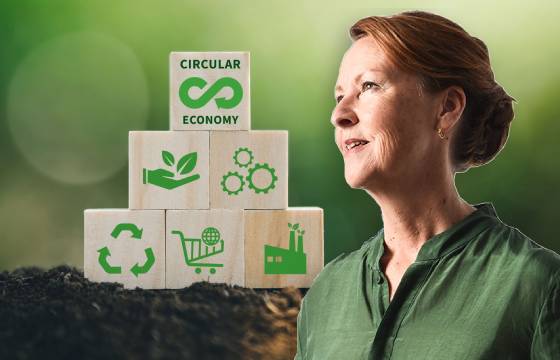New Ecodesign Regulation Finalized for A More Sustainable Print Industry
New Ecodesign Regulation Finalized for A More Sustainable Print Industry
A monumental step forward, the approved framework is poised to redefine how businesses operate across Europe
[By Deborah Hawkins with contribution from Kris Alvarez]
May 27th, 2024 marked the day the European Council (EC) declared final approval of the new ecodesign regulations aimed at enhancing sustainability across various industries, a decision which reflects a growing trend towards stricter regulations and higher standards for more sustainable manufacturing and product design globally.
For the print industry—an industry with a history of its effects on the environment—these regulations will have a clear impact. There’s somewhat of a story to be told here, from what’s changed since pre-pandemic times all the way to the EC’s finalization and beyond. It’s an ongoing saga, a story we’re still working to tell, one that begs the question: What do we make of these new laws? As industry members? As consumers? Should we be inspired and hopeful, or anxious and fearful?

An Opportunity at Self-Governance
It’s worth noting how the new legislation came about in the first place, at least for the digital imaging sector. It began in 2011 with the establishment of the Voluntary Agreement (VA) for Imaging Equipment by EuroVAprint, a consortium representing leading OEMs in the industry. The agreement set ambitious targets for energy efficiency, material use and other environmental aspects, requiring that 90% of products that were sold, meet specific energy-efficiency standards and included commitments to increase the collection and remanufacturing of cartridges.
Nevertheless, achieving those targets became more difficult than expected. The agreement underwent multiple revisions in the years forward to incorporate broader sustainability criteria from resource efficiency to consumer information requirements. The draft of the agreement submitted in April 2021 aimed to address these issues comprehensively, and included commitments on spare parts availability, design improvements for consumables, and more stringent energy and material efficiency targets.
Ultimately, in March 2022, the EC determined the industry had failed to deliver the desired policy objectives with sufficient ambition, leading to the decision to invoke mandatory regulation against the linear “take, make, break, and throw away” model of production to which the print industry has grown accustomed.
Challenges & Inefficiencies
It’s too easy to say the EC simply had enough of the industry’s underperformance in reaching sustainability targets, but there were several important variables at play that added some color to the situation. Firstly, not all major industry players were equally committed to the VA beyond a certain point in its development. What’s more, some industry stakeholders criticized the VA for not being ambitious enough to drive substantial change, citing the agreement allowed too many loopholes and lacked effective enforcement mechanisms to be truly compelling.
Make no mistake, though, as ecodesign regulation was inevitable irrespective of the success of the VA, the VA served as a means for the European print industry to govern their own sustainability efforts. The Council’s approval of the Ecodesign for Sustainable Products Regulation (ESPR) should be considered a marker to redouble our efforts. It is meant to guide and encourage the industry to remain on track and do its part in reaching environmental objectives effectively and expediently. And considering the adoption of the European Green New Deal in 2020, with the aim of climate neutrality by 2050, it’s a race against time.
From Voluntary Agreement to Mandatory Regulation
The EC’s Joint Research Council (JRC) developed a thorough document titled “Imaging equipment and its consumables: preparatory study for ecodesign,” as the first step in implementing mandatory regulation, a 276-page report that lays down guidelines to help form a basis for regulation of the print industry in Europe.

Source: European Commission
The document includes several key initiatives that comprehensively extend the efforts of the VA for the imaging industry. Below are just some of the key takeaways of the preparatory study:
- Increasing Lifetime of Devices
- Improving Recyclability of Devices
- Reducing Energy Consumption of Devices
- Optimizing Paper Use in Devices
- Increasing Post-Consumer Recycled Content
- Enhancing Cartridge Capacity Utilization
While the preparatory study was specific to print hardware and supplies, the ESPR does not exclusively apply to that single market. Many of the policies outlined in the framework apply to a wide variety of products from consumer electronics to clothing.
One of the standout features of the ESPR is the introduction of a Digital Product Passport. This passport is designed to provide detailed information about a product’s environmental impacts, including its durability, reparability, and recycled content, a level of transparency that educates and encourages consumers to make better-informed decisions and facilitates better recycling and waste management practices. Another aim of the ESPR is to combat waste and promote circular economy practices by using measures to ban the destruction of unsold consumer goods and ensuring they are instead reused, recycled, or repurposed.
Education & Encouragement for Consumers
It’s through the ESPR and the preparatory study that we see the role of the user come through as a bigger piece of the puzzle in the push for more sustainable industry practices. The ESPR sets out explicit requirements to ensure that consumers are well-informed about the environmental impacts of their purchases, and for good reason: Environmental considerations are growing amongst consumers in every corner of the world. Keypoint Intelligence conducts a variety of primary research studies and, according to our 2023 Future of Work survey of general office workers, 3 in 4 respondents actively think sustainably when purchasing print supplies.
Which of the following statements best represents your view when buying printing supplies?

N = 336 General Office Workers
Source: Western Europe Future of Work Survey 2023
Not only are consumers becoming more cognizant of the relationship between their purchases and the environment, but advocacy groups and NGOs alike have waged a war against corporations and greenwashing claims in recent years, both in Europe and North America. Two Sides, a global non-profit organization (NPO) on a mission to protect consumers from uncorroborated claims of sustainability in the paper market, has consistently highlighted the negative impacts of greenwashing on consumer trust and the paper industry’s economic stability, which is where ecolabels and environmental certifications have a hand in helping industries on their journey to net zero. In fact, the organization has reported that the use of greenwashing claims has increased since corporations have began investing more in sustainability.
However, not even greenwashing is safe from the pressure of regulation. The EU Corporate Sustainability Due Diligence Directive (CS3D) was adopted just earlier this month, mandating companies to conduct due diligence measures (i.e. tracking the effectiveness of climate actions, publicly reporting on due diligence processes, establishing grievance mechanisms, etc). The CS3D is designed to work in tandem with other European sustainability initiatives such as the Corporate Sustainability Reporting Directive (CSRD) and the Sustainable Finance Disclosure Regulation (SFDR) to create a complete regulatory framework for corporate accountability and sustainability reporting.
Ecolabels Helping Enforce the Change
Ecolabels are arguably more important and relevant to the European print industry now than ever. They continue to help ensure products meet specific environmental performance criteria and especially provide consumers a level of transparency that helps do away with greenwashing claims, fostering a more trusting relationship between vendors and customers who are increasingly concerned about sustainability.
That said, ecolabels are not stagnant; they change over time, and the frequency at which they change can depend on a variety of factors, which poses a challenge to both consumers and vendors. The rise of ecolabels can lead to consumer confusion and scepticism if the space becomes overly saturated with environmental certifications without a definitive guide to which are the most legitimate.
For manufacturers and other players, the challenge comes from managing and adhering to multiple standards and obtaining certifications for various ecolabels. It may prove to be too costly an endeavor for some organizations, too time-consuming, or both. The proposed changes to the EPEAT (Electronic Product Environmental Assessment Tool) ecolabel known as Climate+, for example, include stricter criteria for product longevity, recyclability, and reduced energy consumption, all of which are in line with where the print industry and ultimately the world altogether, are headed in the sustainability space.
The Key Point
Whether you live in any of the EU member states or elsewhere, the implementation of this regulatory framework is pivotal no matter how you slice it. By 2030, the new sustainable products framework aims to achieve substantial energy savings, equivalent to the annual gas consumption of the EU prior to recent geopolitical events, according to the commission.
Circling back to the questions I posed earlier: How are we to feel in light of the EC’s move? Apprehensive? Optimistic? Clearly, it’s still a little too early to tell. For now, it’s a bit of a long game for users, but a nose-to-the-grindstone moment for OEMs and other industry members to innovate and tackle the newly proposed framework head-on. We’ve already seen early signs that the EU is on the right side of history with the ESPR at the helm of its efforts.
Steps are starting to be taken too. Fujifilm just last week announced the opening of its Circular Manufacturing Centre where the company will be collecting and remanufacturing toner cartridges. Ricoh recently announced a novel sustainability dashboard for it’s customers to have greater visibility into the company’s emissions data. HP’s newly announced SecuReuse program facilitates the use of remanufactured HP cartridges in partnership with select members of the supplies aftermarket without infringing on intellectual property rights, allowing them to reset genuine HP chips securely through a cloud service. These are just a few indications of where the industry is, and the direction it’s headed, and though the ESPR isn’t the cause for such news, it will be an imperative driver for everyone else in the industry to do their part.
The future of the digital imaging industry—for all parties involved—lies in its ability to adapt to and embrace these new sustainability standards, and the EC’s finalization of ecodesign regulation is only the beginning of a soon-to-be global redefinition of print and industries everywhere.
 Deborah Hawkins, the author of the article “Where AI Fits in Workspaces of the Future”, is the Group Director of the Workplace Team at Keypoint Intelligence. She is an industry analyst with strong organisational and project management skills. She is fluent in English and German and has been active in the document imaging and printing industry since 1989.
Deborah Hawkins, the author of the article “Where AI Fits in Workspaces of the Future”, is the Group Director of the Workplace Team at Keypoint Intelligence. She is an industry analyst with strong organisational and project management skills. She is fluent in English and German and has been active in the document imaging and printing industry since 1989.
Hawkins is currently focused on technology in the office environment, drawing on her expertise in hardware, software and services from input to output. Her large knowledge base of market research includes experience in market sizing, forecasting, competitive analysis, online, focus group, and CATI survey work. She can be contacted by email.
“New Ecodesign Regulation Finalized for a More Sustainable Print Industry” is the second article provided by Deborah and her team at keywpoint Intelligence for RTMWorld.com.
Related:
- Where AI Fits in Workspaces of the Future
- Mark Davis: Small But Mighty: Hybrid Work Impacts Inkjet Printing
- New Ecodesign Regulation Finalized for A More Sustainable Print Industry.
Comment:
Please add your comments below about this article, “New Ecodesign Regulation Finalized for A More Sustainable Print Industry.”






Leave a Comment
Want to join the discussion?Feel free to contribute!